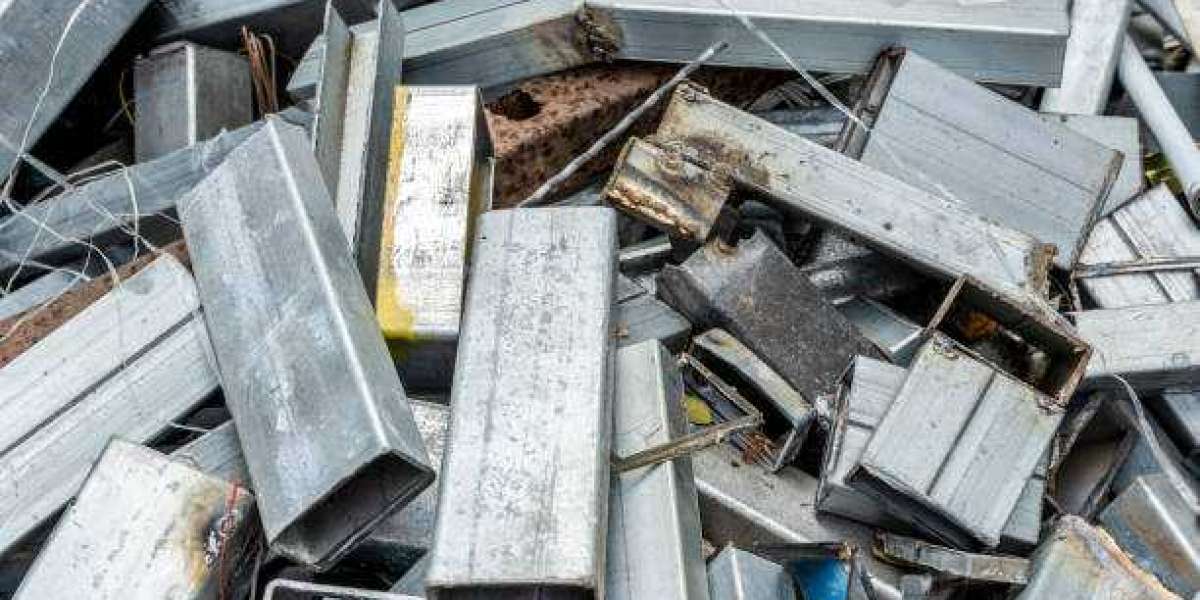Aluminium scrap purchasing is a crucial aspect of the recycling industry, contributing significantly to environmental sustainability and resource conservation. This article explores the key aspects of aluminium scrap purchasing, including the process, benefits, and challenges involved.
Introduction to Aluminium Scrap Purchaser
Tareeq al rollah Company is Aluminium scrap purchasing involves the acquisition of used aluminium materials from various sources, such as industrial waste, consumer products, and construction debris. These materials are then processed and recycled to produce new aluminium products, reducing the need for raw materials and energy consumption.
read more: aluminium scrap purchaser in the UAE
Benefits of Aluminium Scrap Purchasing
- Environmental Impact: Recycling aluminium scrap reduces the need for mining new aluminium, which in turn decreases deforestation, water usage, and greenhouse gas emissions.
- Energy Efficiency: Recycling aluminium requires only 5% of the energy needed to produce new aluminium from bauxite ore, making it an energy-efficient process.
- Economic Benefits: The aluminium scrap industry creates jobs and generates revenue through the sale of recycled materials.
- Resource Conservation: By recycling aluminium, we conserve natural resources and reduce the strain on the environment.
The Process of Aluminium Scrap Purchasing
- Collection: Aluminium scrap is collected from various sources, including industrial facilities, construction sites, and households.
- Sorting and Separation: The collected scrap is sorted and separated based on its type and quality. This step ensures that only high-quality aluminium is recycled.
- Transportation: The sorted aluminium scrap is transported to recycling facilities, where it undergoes further processing.
- Processing: At the recycling facility, the aluminium scrap is melted down and purified to remove impurities. The molten aluminium is then cast into ingots or other forms for reuse.
- Distribution: The recycled aluminium products are distributed to manufacturers who use them to produce new products.
Challenges in Aluminium Scrap Purchasing
- Contamination: Aluminium scrap can be contaminated with other metals or materials, which can affect the quality of the recycled product.
- Logistics: Efficient transportation and logistics are essential to ensure that aluminium scrap reaches recycling facilities in a timely manner.
- Market Demand: The demand for recycled aluminium can fluctuate, affecting the profitability of scrap purchasers.
- Regulations: Compliance with environmental and safety regulations is necessary to ensure that the recycling process is conducted responsibly.
Conclusion
Aluminium scrap purchasing plays a vital role in promoting environmental sustainability and resource conservation. By understanding the process, benefits, and challenges involved, we can better appreciate the importance of recycling aluminium and contribute to a more sustainable future.














